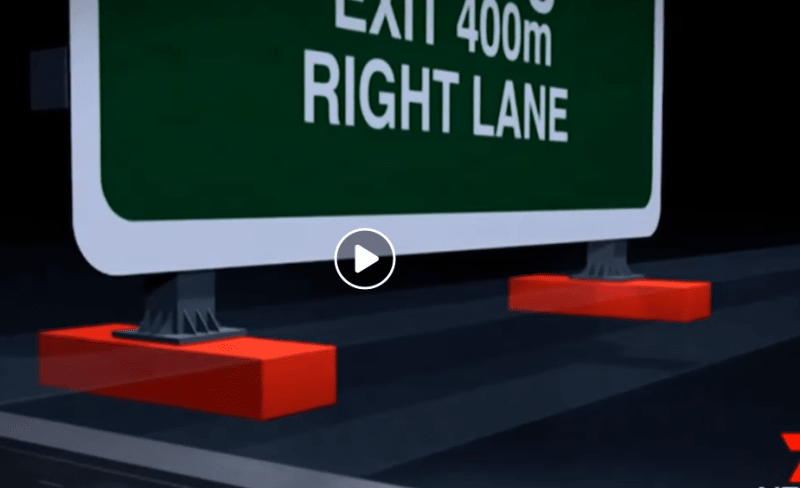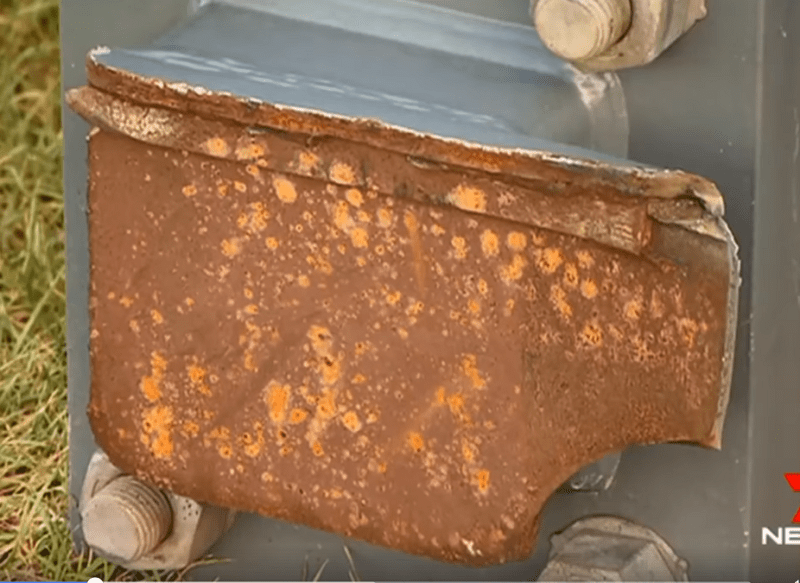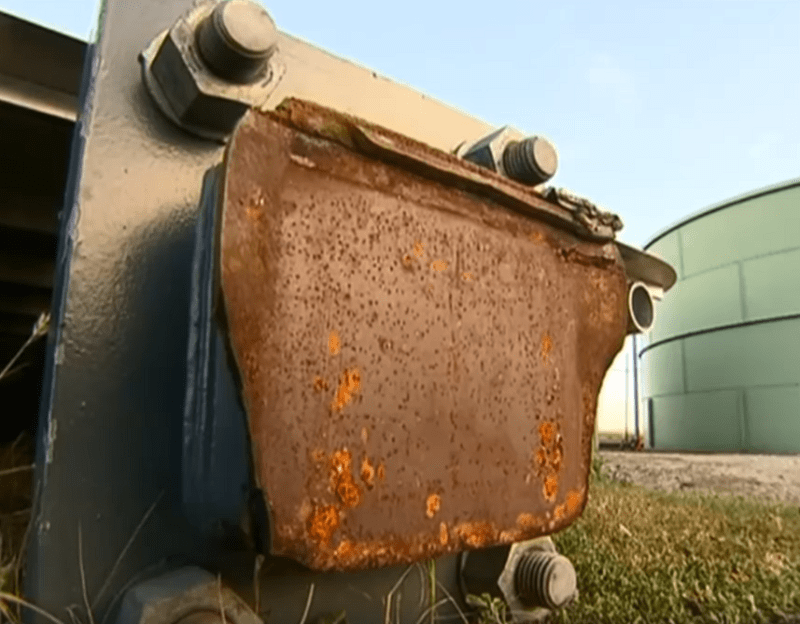MDEAus
Mechanical
- Mar 21, 2018
- 44
This happened a few days ago, but the article has just been updated with dash-cam footage from the car immediately behind the one involved.
very quickly it can be seen that the failure point is at the welded joint for the bolted connection. the grainy footage makes things harder to see, the base off the standoff looks weird, why would you close the end off the SHS to be welded to the main beam? Galvanising requires drainage points and a minimum area open between closed sections. Unless that is a solid block off steel? I'm not sure why they would have used a solid block off steel though.
very quickly it can be seen that the failure point is at the welded joint for the bolted connection. the grainy footage makes things harder to see, the base off the standoff looks weird, why would you close the end off the SHS to be welded to the main beam? Galvanising requires drainage points and a minimum area open between closed sections. Unless that is a solid block off steel? I'm not sure why they would have used a solid block off steel though.



